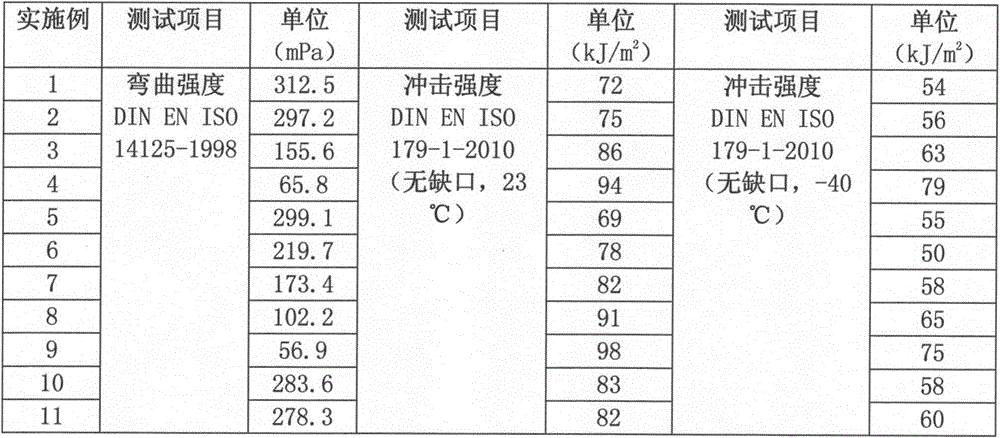Polydicyclopentadiene/high-polymer elastomer IPN (interpenetrating polymer network) high-polymer alloy material and preparation method thereof
A technology of polydicyclopentadiene and polymer alloy, which is applied in the field of catalysts, can solve problems such as the absence of alloys, and achieve the effect of good toughness
- Summary
- Abstract
- Description
- Claims
- Application Information
AI Technical Summary
Problems solved by technology
Method used
Image
Examples
Embodiment 1
[0029] A kind of IPN polymer alloy material of PDCPD / SBS
[0030] 1. Raw materials
[0031] DCPD, SBS resin, Grubbs'I generation ruthenium catalyst solution (mass concentration is 30%)
[0032] 2. Preparation method:
[0033] Step 1): put the SBS resin into the dicyclopentadiene liquid at 80°C and stir for 5 hours to dissolve, and the mass percentage of the SBS resin and dicyclopentadiene is 1%;
[0034] Step 2): Add a ruthenium catalyst solution to the dicyclopentadiene solution of the elastomer obtained in step 1), the mass concentration of the active ingredient of the ruthenium catalyst and dicyclopentadiene is 0.1%, and then inject the mixed solution into the mold to react and solidify That is, the mold temperature is 60°C.
Embodiment 2
[0036] A kind of IPN polymer alloy material of PDCPD / SBS
[0037] 1. Raw materials
[0038] DCPD, SBS resin, Grubbs'I generation ruthenium catalyst solution (mass concentration is 40%)
[0039] 2. Preparation method:
[0040] Step 1): put the SBS resin into the dicyclopentadiene liquid at 80°C and stir for 5 hours to dissolve, and the mass percentage of the SBS resin and dicyclopentadiene is 5%;
[0041] Step 2): Add a ruthenium catalyst solution to the dicyclopentadiene solution of the elastomer obtained in step 1), the mass concentration of the active ingredient of the ruthenium catalyst and dicyclopentadiene is 0.1%, and then inject the mixed solution into the mold for reaction and curing That is, the mold temperature is 60°C.
Embodiment 3
[0043] A kind of IPN polymer alloy material of PDCPD / SBS
[0044] 1. Raw materials
[0045] DCPD, SBS resin, Grubbs'I generation ruthenium catalyst solution (mass concentration is 50%)
[0046] 2. Preparation method:
[0047] Step 1): put the SBS resin into the dicyclopentadiene liquid at 80°C and stir for 5 hours to dissolve, and the mass percentage of the SBS resin and dicyclopentadiene is 35%;
[0048]Step 2): Add a ruthenium catalyst solution to the dicyclopentadiene solution of the elastomer obtained in step 1), the mass concentration of the active ingredient of the ruthenium catalyst and dicyclopentadiene is 0.1%, and then inject the mixed solution into the mold for reaction and curing That is, the mold temperature is 60°C.
PUM
| Property | Measurement | Unit |
|---|---|---|
| size | aaaaa | aaaaa |
| tensile strength | aaaaa | aaaaa |
| tensile strength | aaaaa | aaaaa |
Abstract
Description
Claims
Application Information
 Login to View More
Login to View More - R&D
- Intellectual Property
- Life Sciences
- Materials
- Tech Scout
- Unparalleled Data Quality
- Higher Quality Content
- 60% Fewer Hallucinations
Browse by: Latest US Patents, China's latest patents, Technical Efficacy Thesaurus, Application Domain, Technology Topic, Popular Technical Reports.
© 2025 PatSnap. All rights reserved.Legal|Privacy policy|Modern Slavery Act Transparency Statement|Sitemap|About US| Contact US: help@patsnap.com

